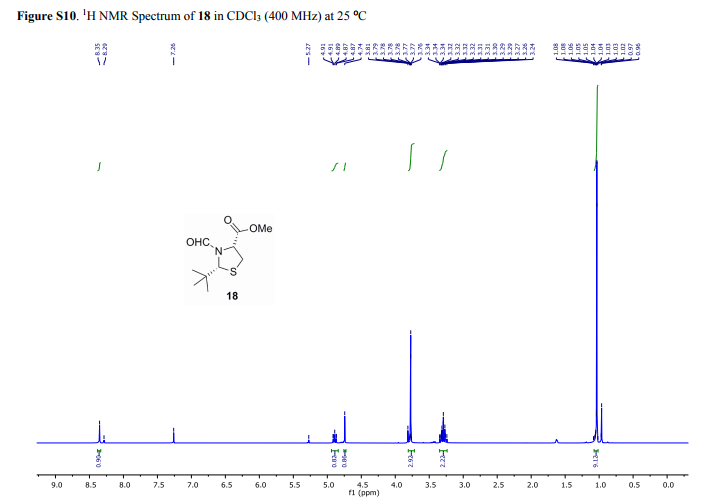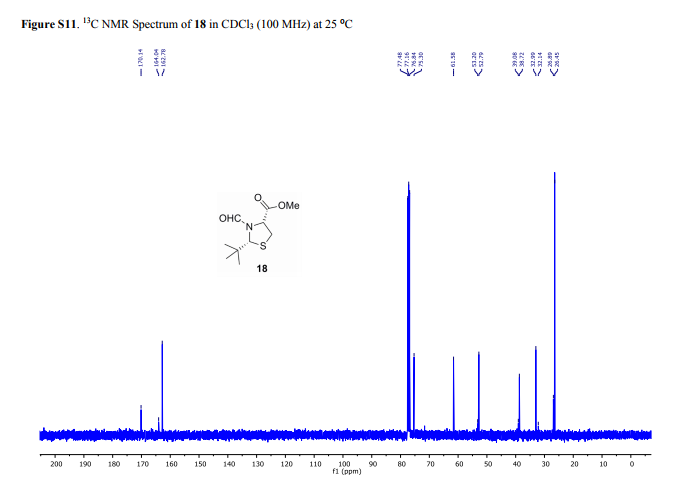1-(4-Cyanophenyl)piperazine
1-(4-Cyanophenyl)piperazine (1a).1 Isolated as a mixture of mono (1a) and di (3) arylated products ~9:1. Conversion: quantitative. Peaks attributed to 1a: 1H NMR (400 MHz, CD3Cl) δH 7.47 (m, 2H, arH), 6.83 (m, 2H, ar-H), 3.26 (m, 4H, pip-H), 2.99 (m, 4H, pip-H), 1.69 (br s, 1H, NH). Peaks attributed to 3: 7.52 (d, J = 9.0 Hz, 4H, ar-H), 6.88 (d, J = 9.0 Hz, 4H, ar-H), 3.29 (s, 8H, pip-H).
Org. Process Res. Dev., Article ASAP
DOI: 10.1021/acs.oprd.8b00090
//////////////



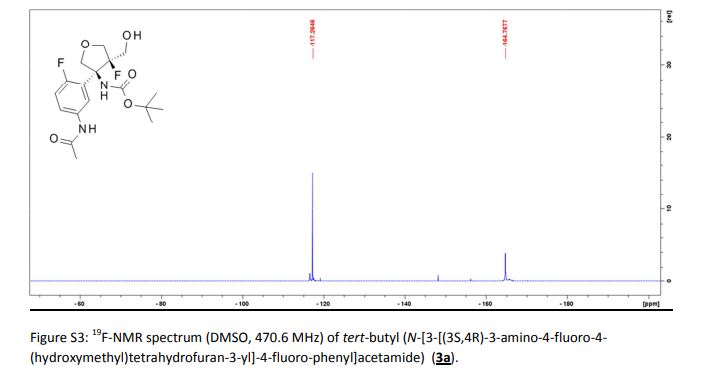
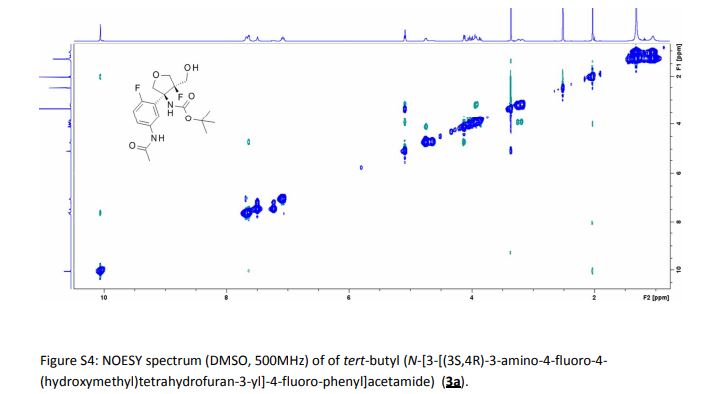
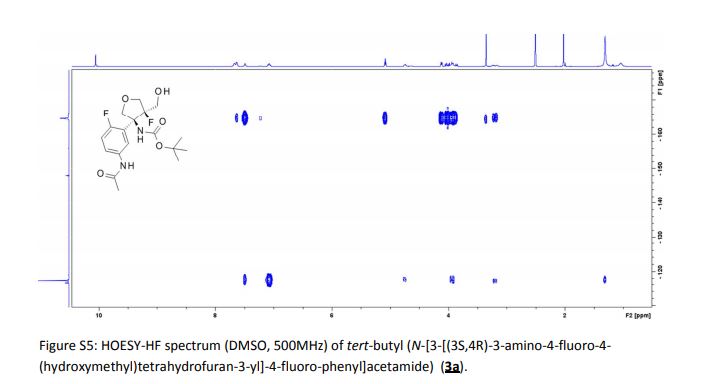
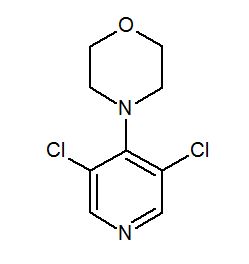



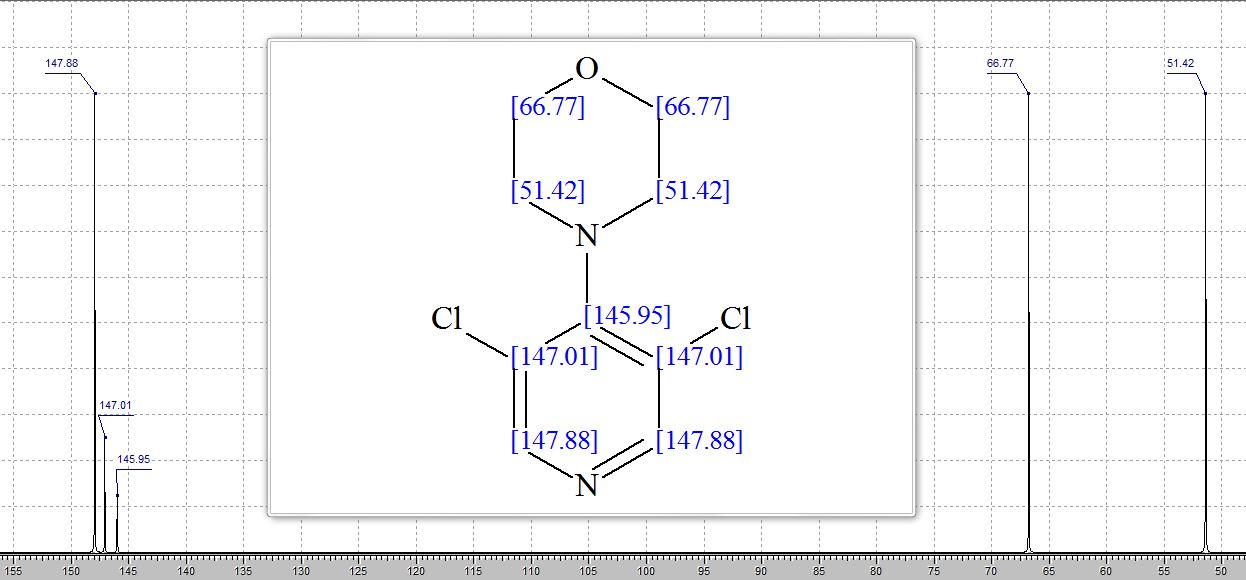




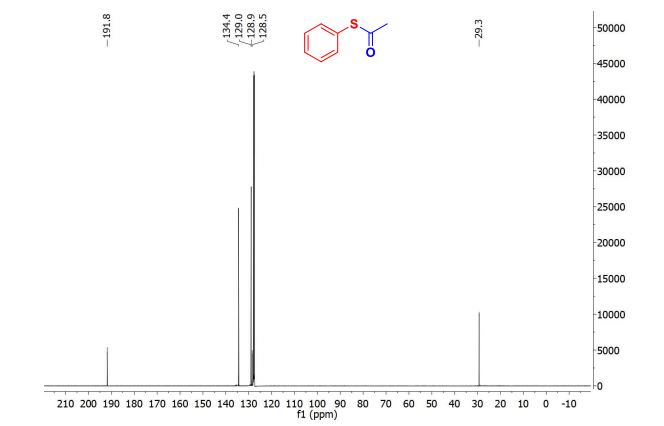

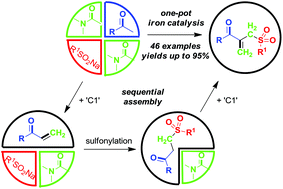


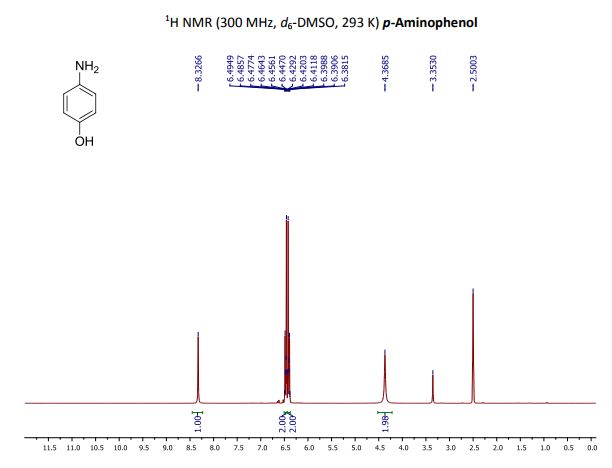
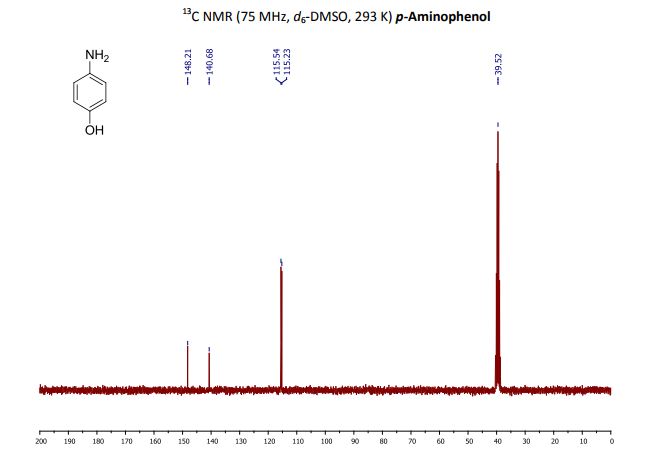
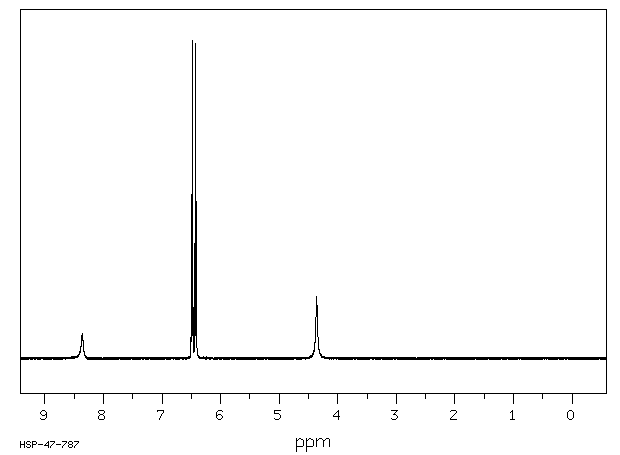
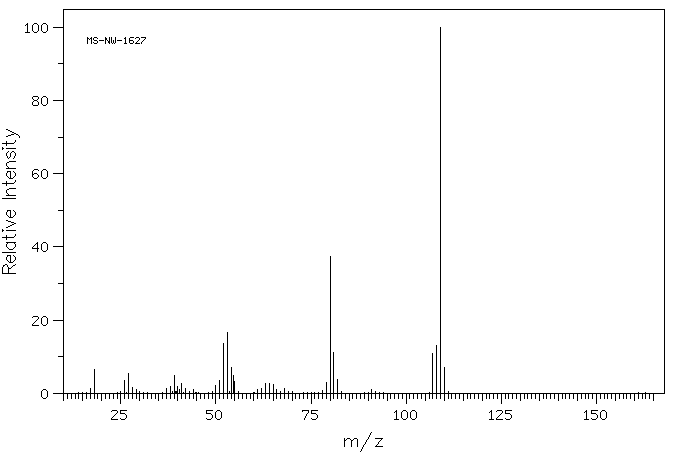
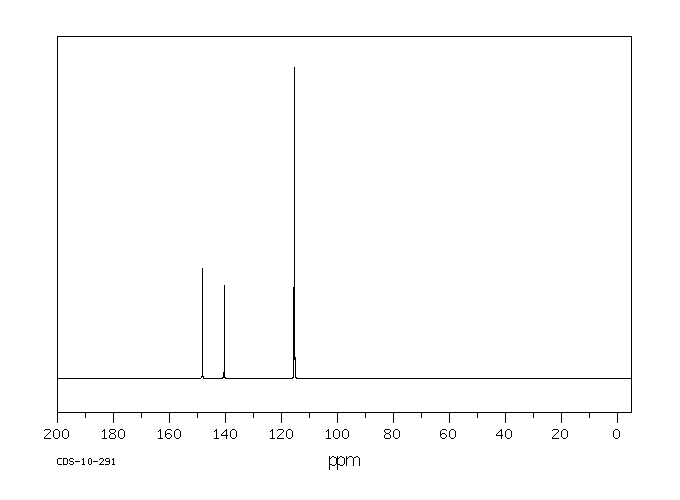
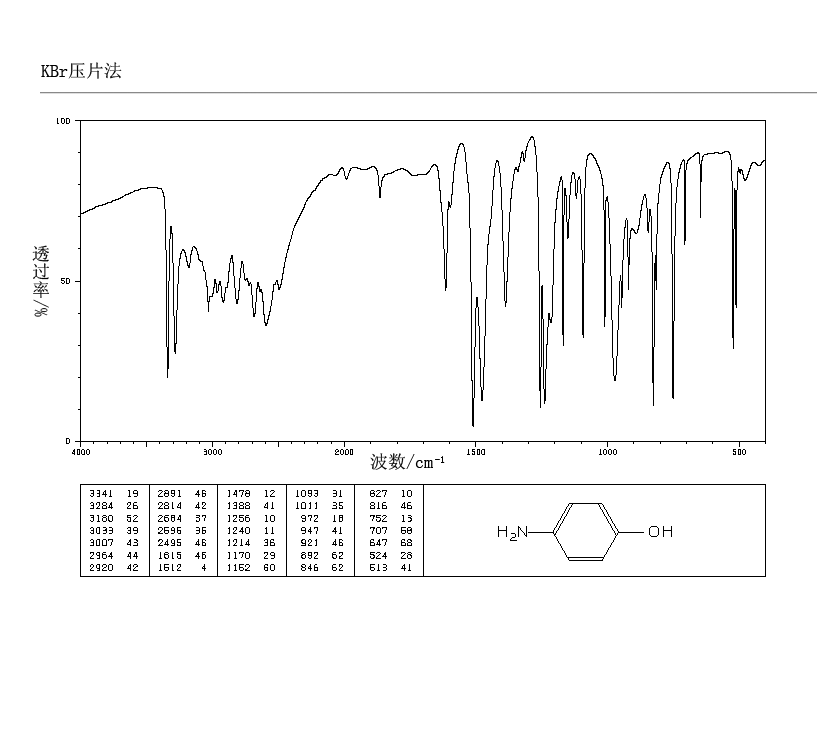
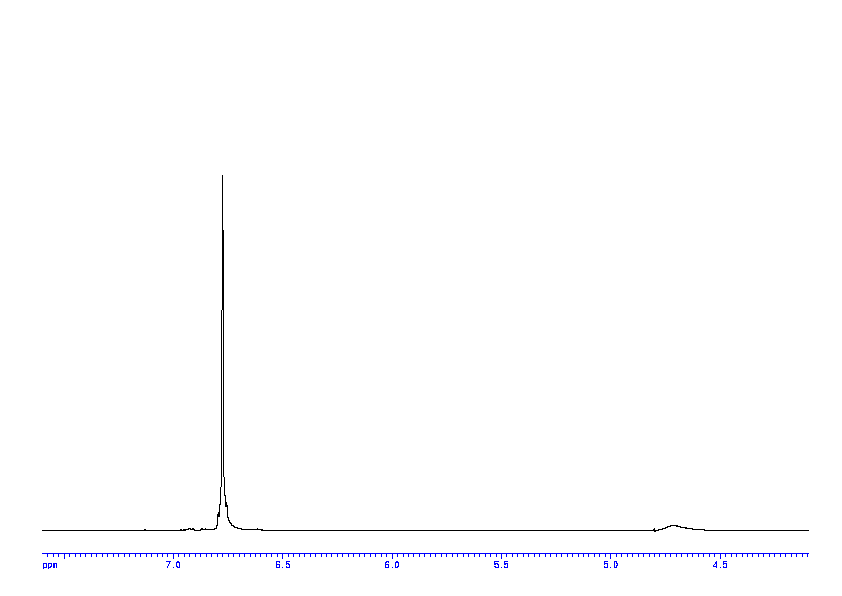
![2D [1H,1H]-TOCSY, 7.4 spectrum for 4-Aminophenol](http://www.bmrb.wisc.edu/ftp/pub/bmrb/metabolomics/entry_directories/bmse000462/nmr/set01/spectra/HH_TOCSY.png)
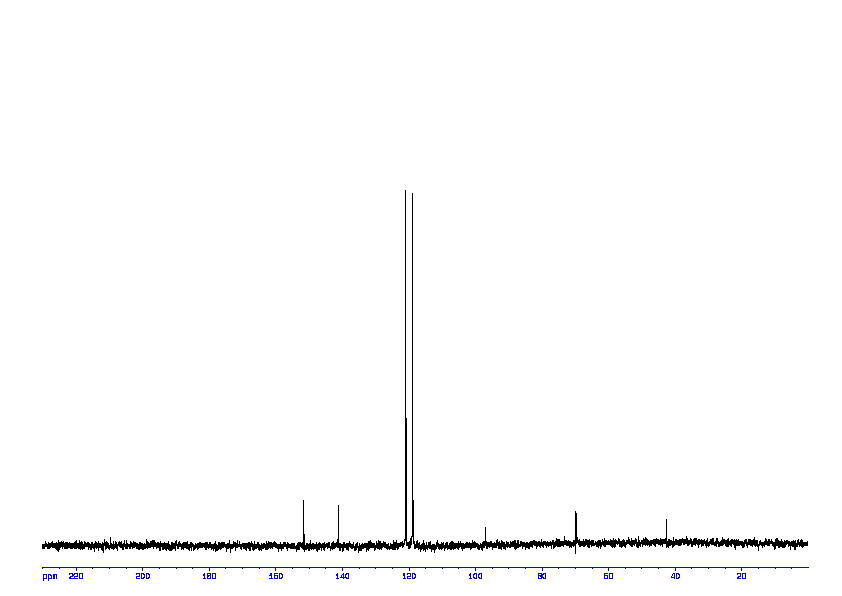
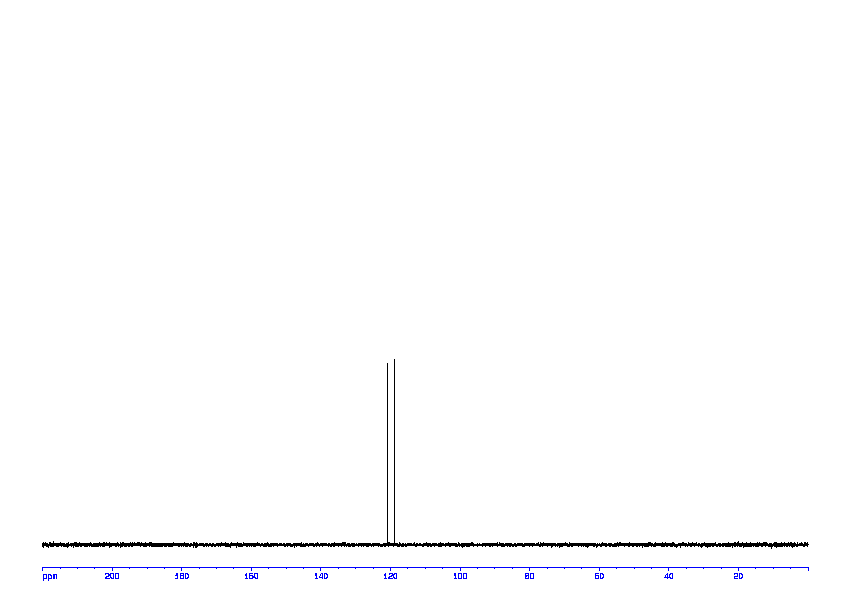
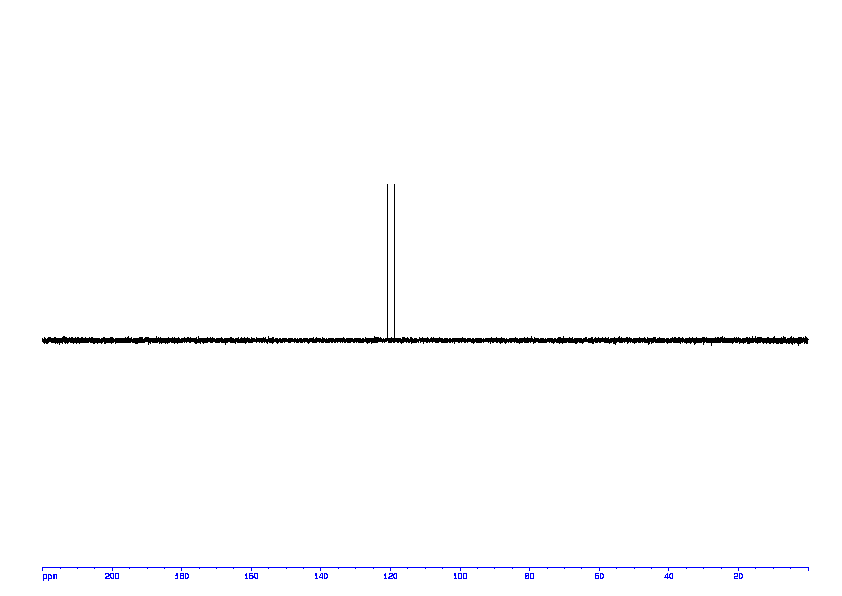
![2D [1H,13C]-HSQC, 7.4 spectrum for 4-Aminophenol](http://www.bmrb.wisc.edu/ftp/pub/bmrb/metabolomics/entry_directories/bmse000462/nmr/set01/spectra/1H_13C_HSQC.png)
![2D [1H,13C]-HMBC, 7.4 spectrum for 4-Aminophenol](http://www.bmrb.wisc.edu/ftp/pub/bmrb/metabolomics/entry_directories/bmse000462/nmr/set01/spectra/1H_13C_HMBC.png)





